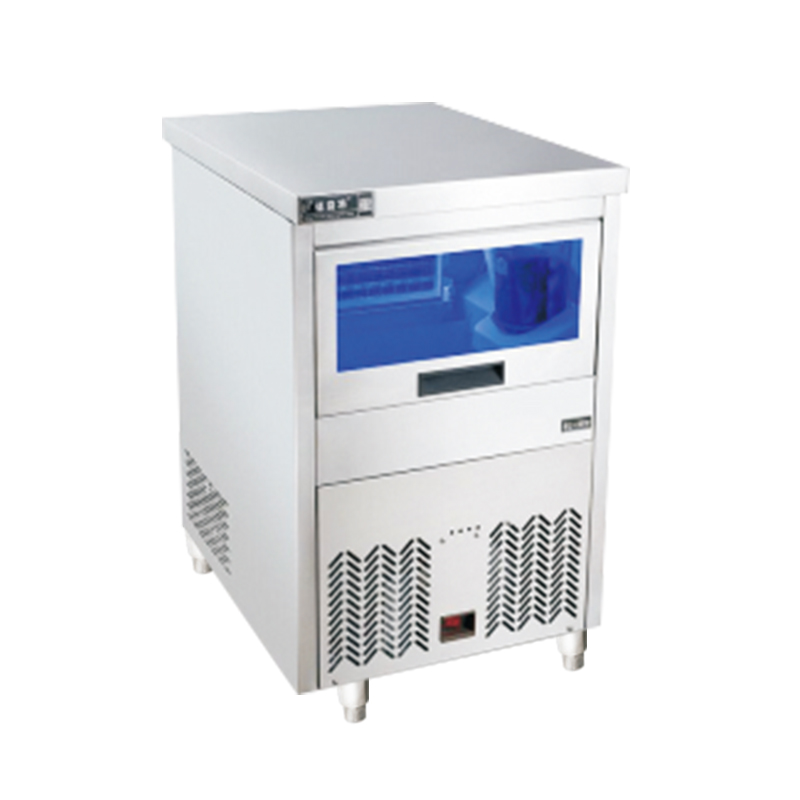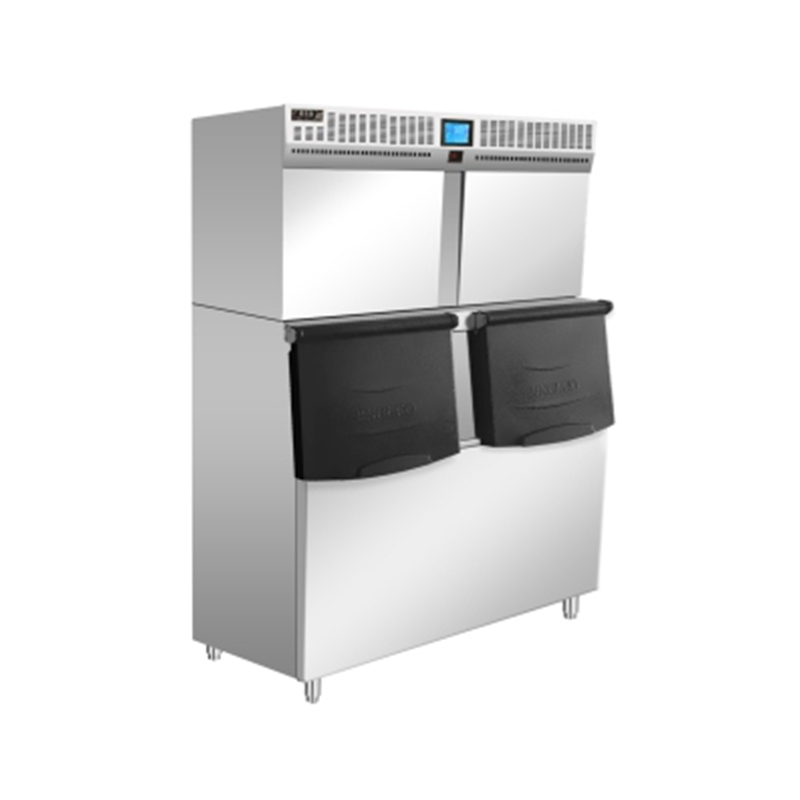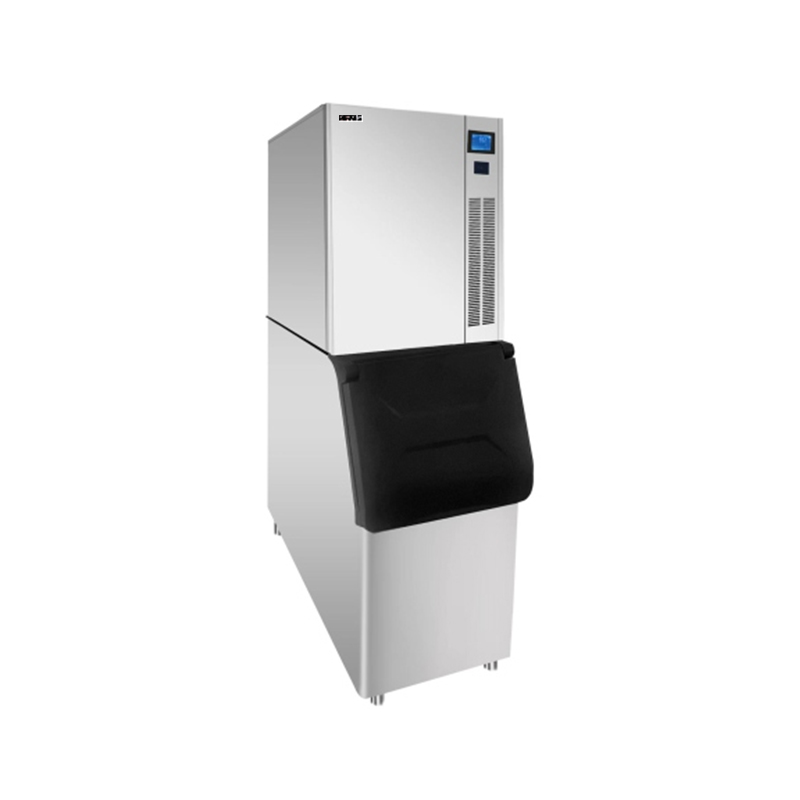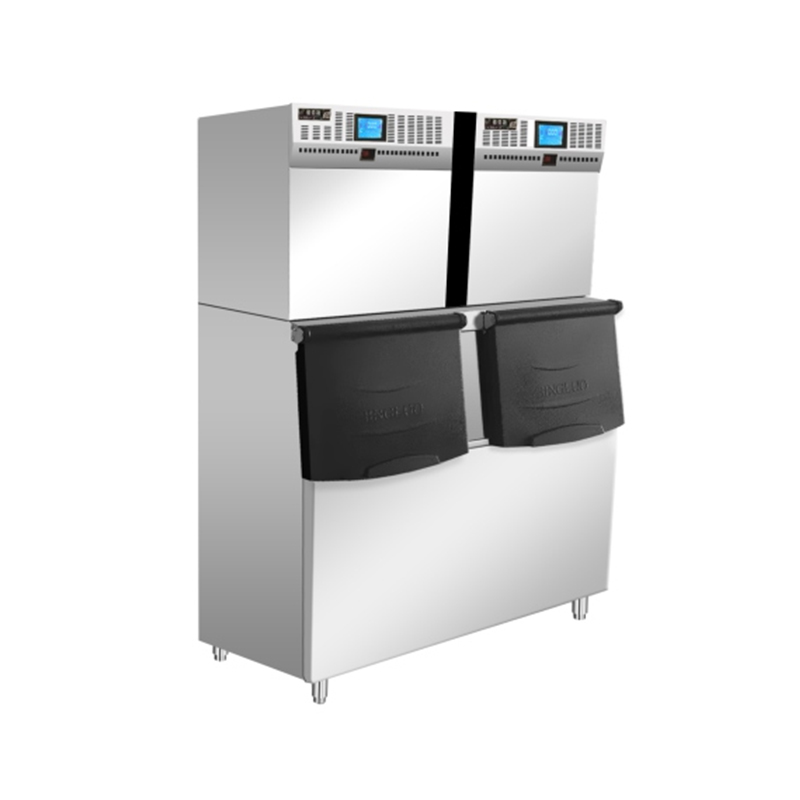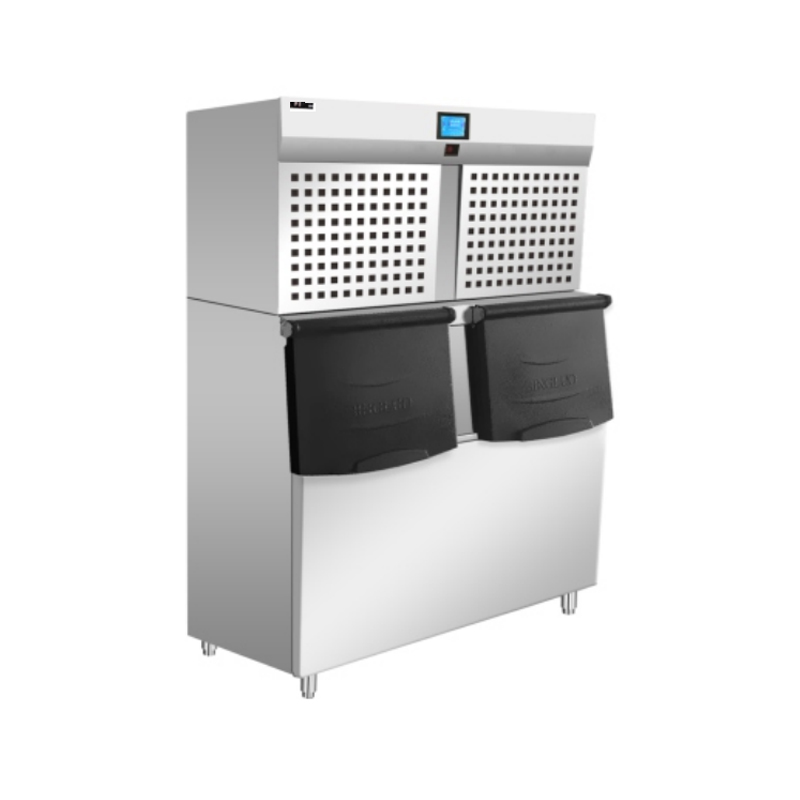2025-10-27
The Indispensable Commercial Ice Machine
In the world of food service, hospitality, and healthcare, one piece of equipment often operates silently yet is absolutely crucial to daily operations: the commercial ice machine. More than just a convenience, this powerful appliance is a necessity, ensuring a constant and reliable supply of ice for everything from chilling drinks to medical applications.
Anatomy and Types
A commercial ice machine is a specialized refrigeration unit designed for high-volume, continuous ice production. Unlike small, residential units, these machines are built for durability and efficiency under demanding conditions.
The primary types of commercial ice machine are generally categorized by their form factor and installation:
-
Modular Ice Machines: These are the most flexible, consisting of a separate ice-making head that sits atop a storage bin. This setup allows businesses to mix and match the head's production capacity with the bin's storage volume, making them highly customizable.
-
Undercounter Ice Machines: Perfect for smaller venues like bars or cafes, these units are compact, self-contained, and fit neatly beneath a standard countertop.
-
Countertop Ice Dispensers: Commonly found in healthcare facilities or self-serve hotel stations, these models store and dispense ice directly into a cup, minimizing contact and maximizing hygiene.
They also vary significantly based on the type of ice they produce, each suited to different needs:
-
Cube Ice: The most common form, ideal for soft drinks and cocktails. It melts slowly and comes in full, half, or regular cube shapes.
-
Nugget Ice (Chewable Ice): Soft, chewable, and quick-melting, this popular ice type is favoured in healthcare and fast-food environments.
-
Flake Ice: A soft, moldable ice used primarily for food displays (like seafood counters) and in medical applications where rapid chilling is required.
Key Operational Considerations
Choosing the right commercial ice machine involves careful consideration of several operational factors:
-
Capacity: This is the machine's most critical specification, measured in pounds of ice produced per 24 hours. A busy restaurant will require significantly higher capacity than a small office. Undersizing the machine leads to shortages, while oversizing is an unnecessary expense.
-
Condenser Type (Cooling):
-
Air-Cooled: The most common and easiest to install, using ambient air to cool the condenser. However, they can raise the ambient temperature and require clearance for proper airflow.
-
Water-Cooled: More efficient in hot environments and quieter, but they use a substantial amount of water, which can increase utility costs and requires a drainage connection.
-
Remote-Cooled: The condenser is placed outdoors, reducing noise and heat inside the premises, though installation is more complex.
-
-
Water Quality: Mineral content and impurities in the water supply can severely impact the lifespan and performance of a commercial ice machine. Using a high-quality water filter is non-negotiable for ensuring clear, odourless ice and minimizing costly breakdowns.
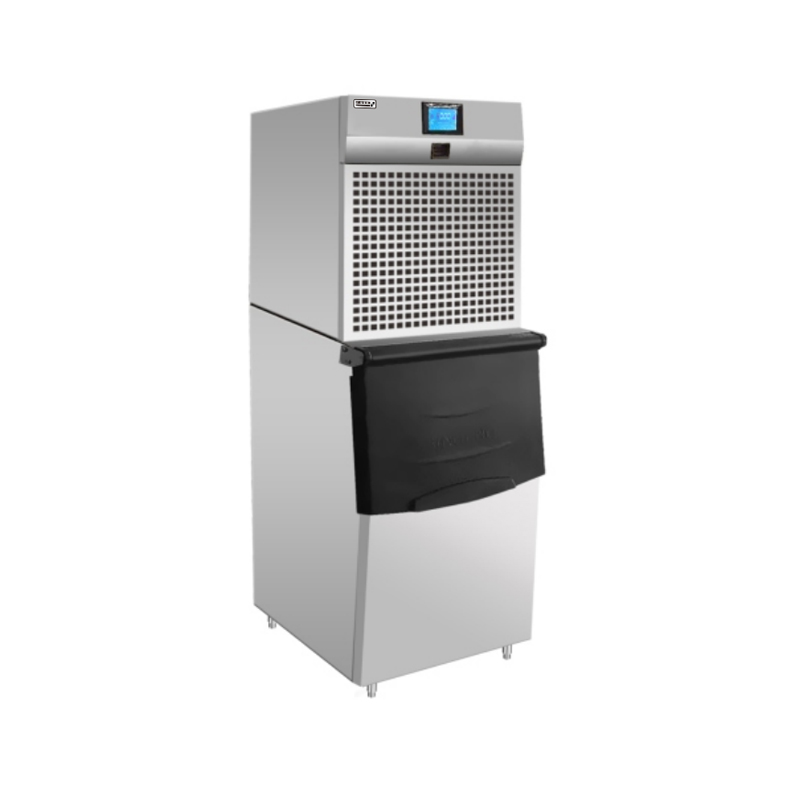
Maintenance: The Key to Longevity
Regular cleaning and maintenance are vital for any commercial ice machine. The combination of water, electricity, and refrigeration makes these units prone to scale buildup, slime, and mold if neglected.
-
Daily: Ensure the storage bin scoop is clean and properly stored.
-
Monthly: Wipe down the exterior and check for any unusual noises.
-
Biannually/Quarterly: The machine should undergo a deep clean and sanitization, including the water pump, water curtain, and evaporator plate, as well as a cleaning of the air filter (for air-cooled models). Neglecting this step often leads to the primary issue in all commercial machines: slime growth, which not only contaminates the ice but also drastically reduces the unit's efficiency.
By understanding the different types, considering the operational demands, and committing to a rigorous maintenance schedule, businesses can ensure their commercial ice machine remains a reliable, cost-effective asset for years to come.

 English
English русский
русский Español
Español عربى
عربى